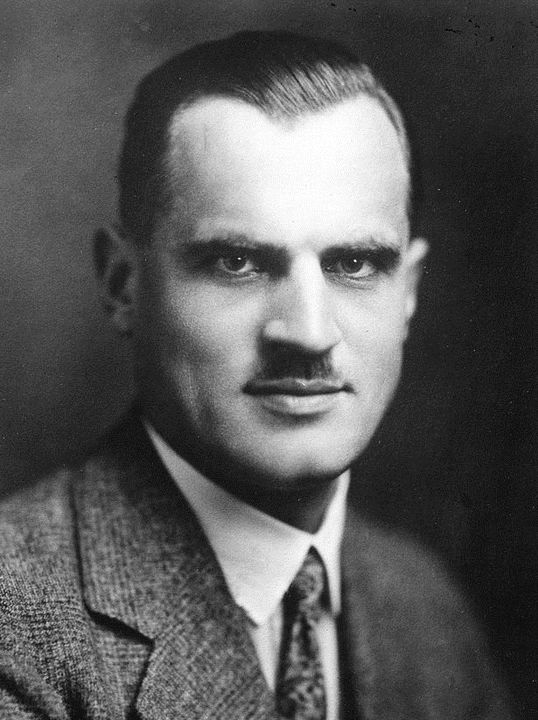Why was Arthur Holly Compton Awarded the Noble Prize for Physics in 1927?
Arthur Holly Compton: Nobel Laureate and Pioneer in X-ray Scattering (1927)
Arthur Holly Compton, an American physicist, made significant contributions to the field of X-ray scattering during the early 20th century. Renowned for his innovative experiments and theoretical insights, Compton played a pivotal role in unraveling the mysteries of X-ray interactions with matter. In recognition of his groundbreaking research, he was awarded the Nobel Prize for Physics in 1927. This article explores the reasons behind Compton’s prestigious honor and highlights his remarkable scientific breakthroughs.

Compton Scattering and the Quantum Nature of X-rays:
Arthur Holly Compton’s Nobel Prize was primarily awarded for his discovery of the Compton effect, also known as Compton scattering. In 1923, Compton conducted a series of experiments that demonstrated the quantum nature of X-rays and provided evidence for the particle-like behavior of photons.
Compton scattering involves the interaction of X-ray photons with electrons in a target material. Through his experiments, Compton observed that X-rays scattered from a target experienced a wavelength shift and a change in direction. This change, which became known as the Compton shift, provided compelling evidence for the particle nature of X-rays and supported the emerging theory of quantum mechanics.
Significance of the Compton Effect:
The discovery of the Compton effect had profound implications for our understanding of the electromagnetic spectrum and the nature of light. Compton’s experiments established that X-rays exhibit both wave-like and particle-like properties, a concept central to the wave-particle duality of quantum mechanics.
The Compton effect not only confirmed the existence of photons as discrete quanta of light but also provided a means to measure the energy and momentum of these particles. This groundbreaking discovery laid the foundation for subsequent research into the interaction of X-rays and matter, influencing diverse fields such as medical imaging, materials science, and particle physics.
Contributions to Nuclear Physics and National Security:
Arthur Holly Compton’s contributions extended beyond the field of X-ray scattering. During World War II, he played a pivotal role in the Manhattan Project, which led to the development of the atomic bomb. Compton’s expertise in nuclear physics and his contributions to understanding neutron-induced reactions were essential in advancing nuclear research and weapon development.
Recognition and Legacy:
Arthur Holly Compton’s Nobel Prize for Physics in 1927 celebrated his exceptional scientific achievements and the groundbreaking discovery of the Compton effect. His experiments provided compelling evidence for the quantum nature of X-rays and the particle-like behavior of photons. Compton’s work not only advanced our understanding of the electromagnetic spectrum but also had significant implications for the development of quantum mechanics.
Moreover, Compton’s contributions to nuclear physics and his involvement in the Manhattan Project underscore his broader impact on scientific research and national security. While the ethical implications of his involvement in the atomic bomb project are a subject of debate, his contributions to the understanding of nuclear reactions and neutron-induced processes were of great importance during that era.
Conclusion:
Arthur Holly Compton’s Nobel Prize for Physics in 1927 celebrated his groundbreaking discoveries and his pivotal role in unraveling the mysteries of X-ray scattering. His experiments on the Compton effect provided evidence for the quantum nature of X-rays and deepened our understanding of the wave-particle duality of light. Compton’s contributions continue to influence diverse scientific fields, from fundamental physics to medical imaging and nuclear research. His legacy serves as a testament to the transformative power of experimentation and theoretical insights in advancing our understanding of the natural world.




